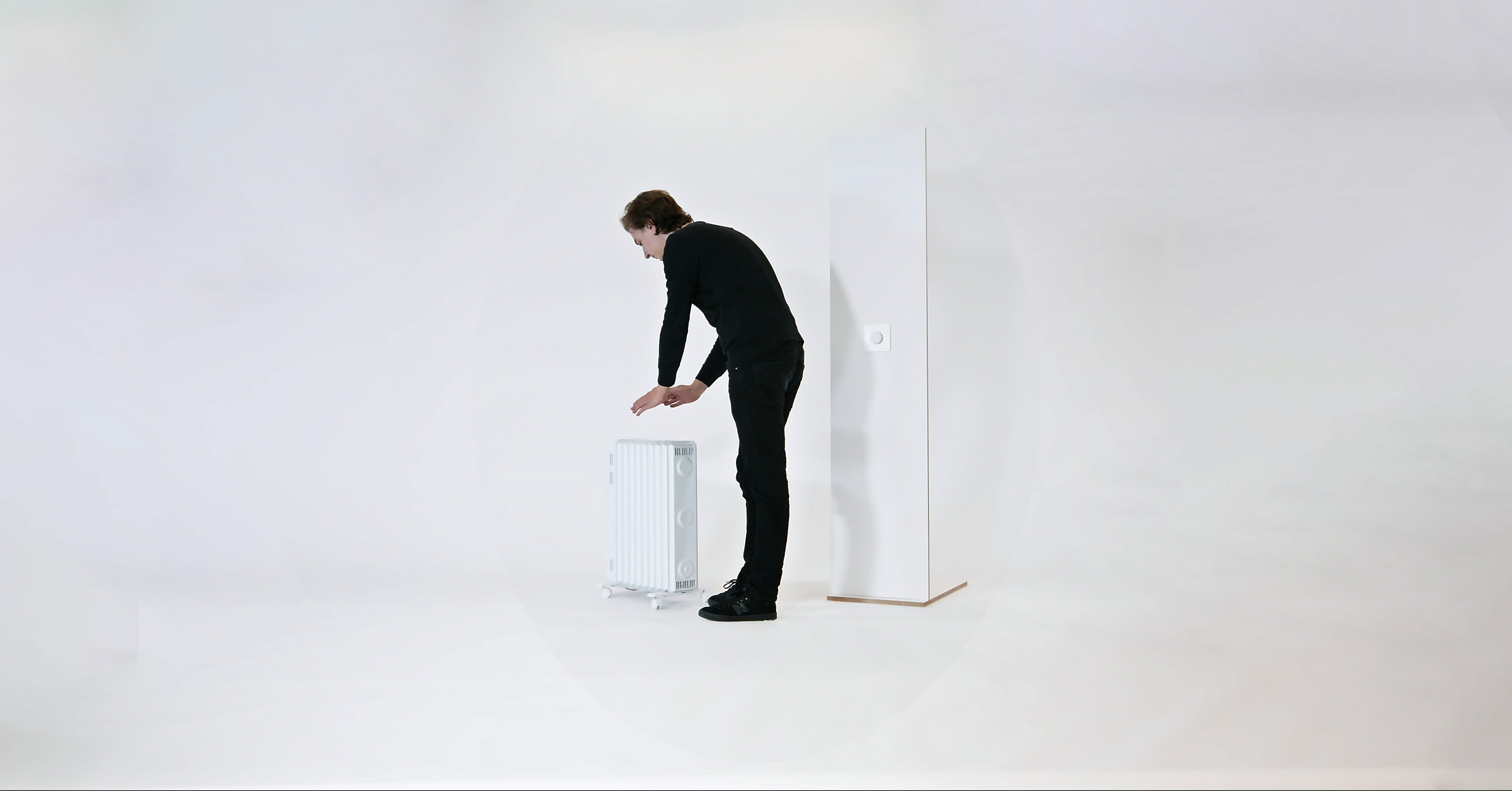
Smart living and working environments are as smart as Big Tech companies want the people who work and live there to be. Accesses are restricted, temperatures are adjusted, and moods and feelings are ultimately regulated. The subservience that surrounds us in automated work and living environments condemns us to passivity and tempts us to submit to systems whose motives are not obvious or known. Resistance disturbs, gets in the way and inspires. Without resistance there would be no upheaval, no synthesis and no progress – resistance is essential! Resisting Architectures are living and work environments that don't say »yes!« and serve quietly. Instead, they take us seriously and interact with us by literally resisting our intentions. Resisting Architectures support us in the efficient realization of our true intentions by sensitizing us for the manipulative potential of smart environments.
The "resisting architectures" series of objects investigated how kinaesthetic resistance in physical interactions between people and objects could be enriched with a level of information. The result is 5 objects (door closer, door handle, trolley, rotary switch, drawer) with potential areas of application in which this visual and auditory non-detectable information channel can be used in the context of ambient communication to communicate information to the user.
A gradually adjustable tangible resistance enables users to subtly communicate a change of state without completely preventing the planned interaction. An example application was the environment of a hospital, where the door handle was more difficult to operate if the disinfectant dispenser had not been operated first. The change in status made users aware of the misbehaviour without it being visually recognisable to third parties present and thus without exposing them, instead of a visual or auditory warning signal.
This series of projects was developed together with Prof Hannes Nehls as part of the research project "Potential of ambient communication Environments" in the years 2016-2018 and was translated into functional prototypes and three patents.



